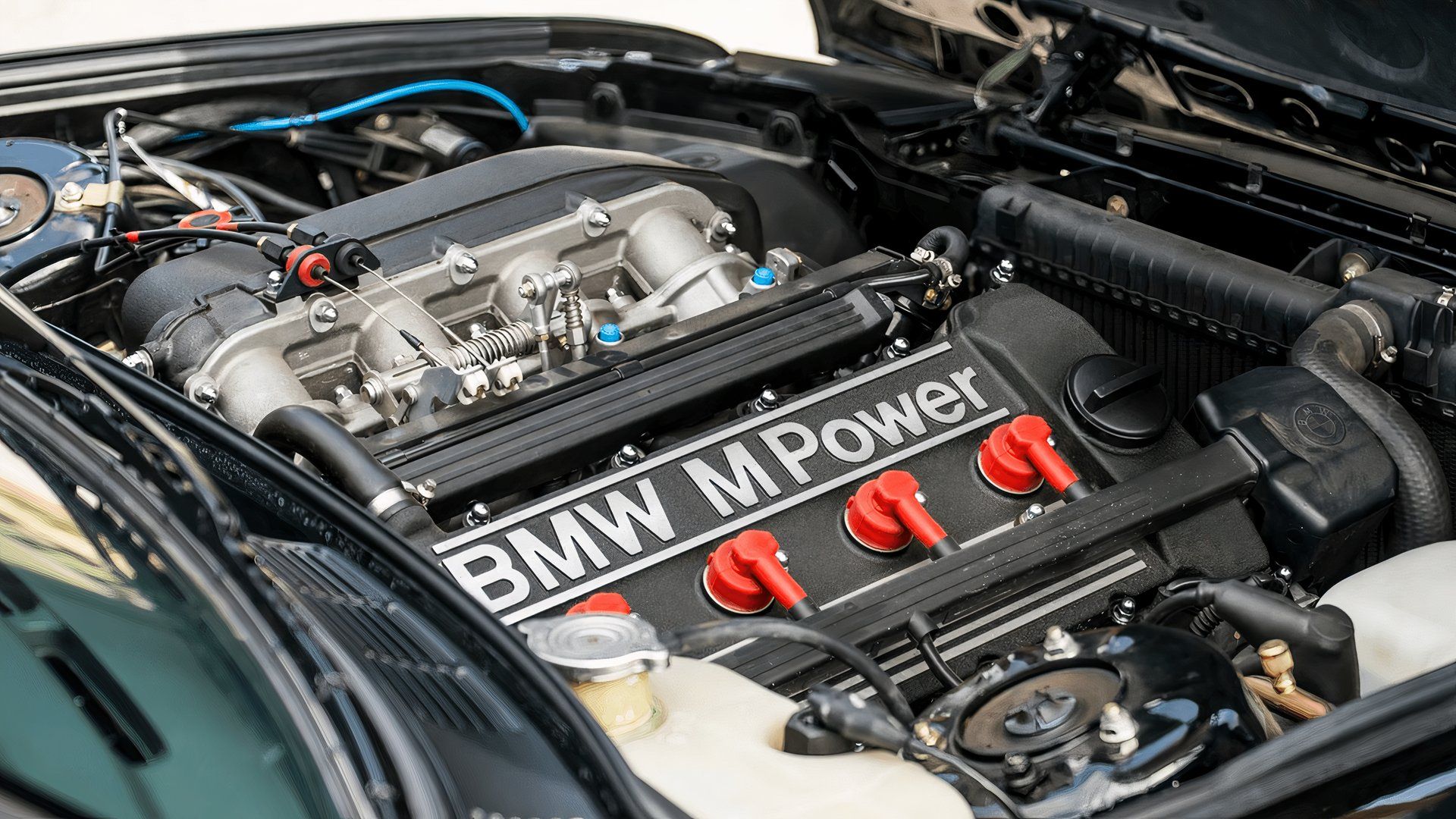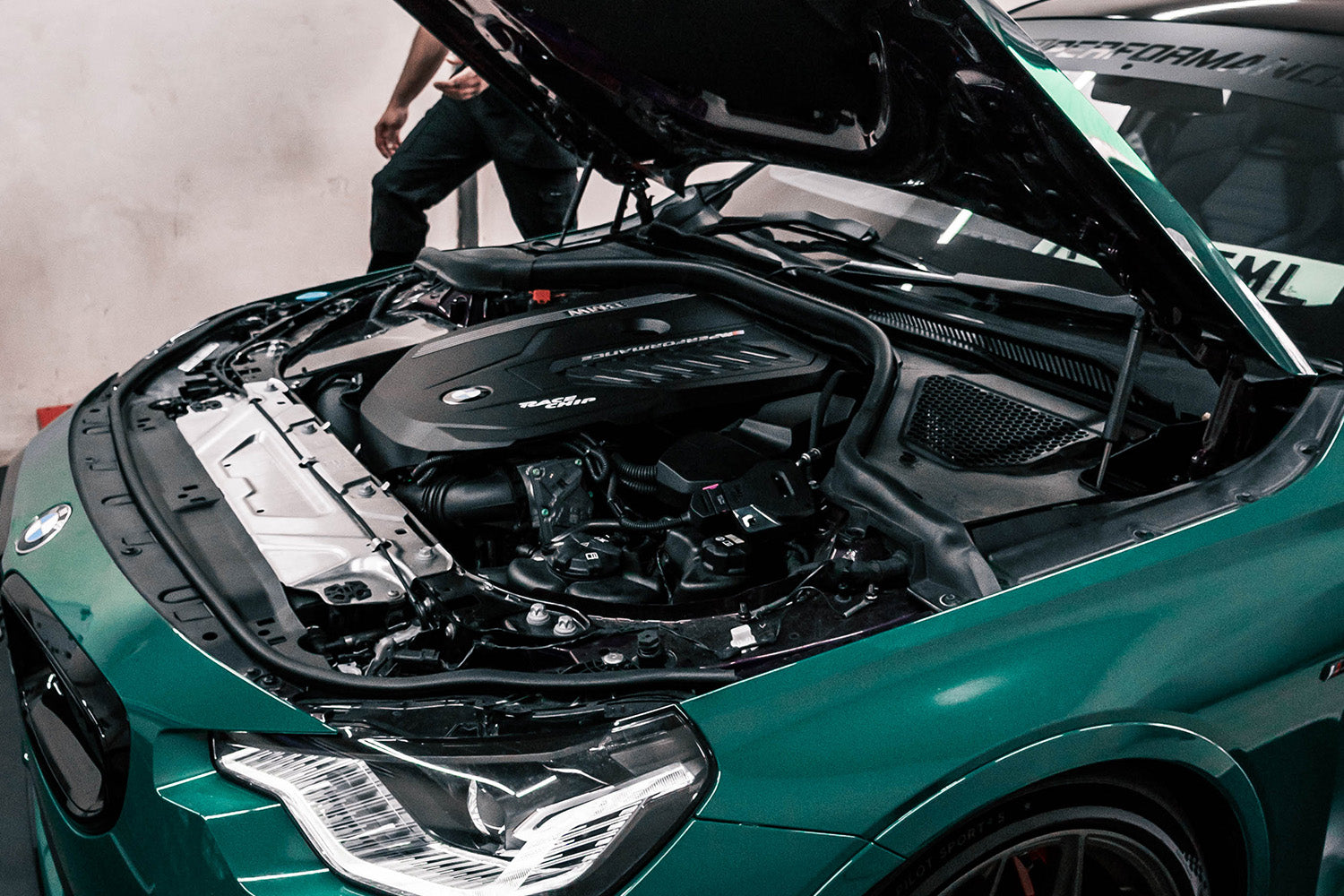Typical Concerns Faced by BMW Engine Owners and Exactly How to Address Them
Typical Concerns Faced by BMW Engine Owners and Exactly How to Address Them
Blog Article
Discovering the Development of Burning Engines in Modern Transportation Systems
As we navigate the landscape of modern transportation, the development of burning engines stands as a testament to human resourcefulness and engineering expertise. The interplay of history, technology, and ecological concerns in shaping the trajectory of burning engines creates a story that is both compelling and insightful.
Very Early Beginnings of Combustion Engines
Just how did the principle of burning engines initial arise in the very early stages of transportation development? The roots of burning engines can be mapped back to the 17th century when the concepts of inner combustion were first checked out.
The development moment included the development of the initial effective gasoline-powered engine by Karl Benz in 1885 - bmw engine. This engine led the means for the development of the modern vehicle, transforming transportation systems worldwide. Subsequent innovations by Nikolaus Otto and Gottlieb Daimler further refined combustion engine technology, resulting in the automation of cars and the rapid growth of the transportation sector
These very early burning engines were characterized by their simpleness and efficiency, laying the foundation for the complicated and effective engines used in contemporary transportation systems. The development of burning engines has been crucial in forming the means we take a trip and transport items, noting a significant landmark in the background of transportation development.
Shift to Internal Combustion Innovation
The shift to internal combustion modern technology marked a crucial shift in the evolution of transport systems. This shift began in the late 19th century, with developers like Nikolaus Otto and Gottlieb Daimler establishing the very first effective interior burning engines. These engines revolutionized transportation by offering a much more reliable and powerful choice to steam engines and electric motors.
One of the vital benefits of interior combustion engines was their ability to be reduced to match lorries, bring about the advancement of bikes and automobiles. This shift from cumbersome, stationary engines to small, mobile ones led the way for the contemporary transport systems we see today.
The change to internal burning technology likewise spurred improvements in gas innovation, bring about the development of gasoline and diesel as key gas sources for cars. This change not just made transportation much more easily accessible to the masses however also laid the structure for the oil and gas sector to become essential to worldwide economic situations.
Influence of Combustion Engines on Transportation
The adoption of combustion engines in transportation systems militarized an extensive shift in the effectiveness and rate of worldwide flexibility. Burning engines changed transportation by giving a flexible and dependable source of power for numerous vehicles, consisting of vehicles, planes, ships, and vehicles. This advancement considerably enhanced the capacity for people and items to conform fars away in much shorter period, bring about enhanced connection between regions and nations.
Additionally, the widespread use of burning engines has actually had a significant influence on economic growth. The capability to carry items effectively has actually spurred trade and commerce, enabling companies to increase their markets and reach consumers worldwide. This has helped with financial growth and globalization, as products can currently be moved quicker and in bigger quantities than ever.
Nevertheless, the environmental impact of combustion engines can not be overlooked. The combustion of nonrenewable fuel his response sources has actually caused air contamination and greenhouse gas emissions, adding to climate change and posing health and wellness threats to populations. bmw engine. Because of this, there is a growing emphasis on creating alternative propulsion modern technologies to alleviate these negative impacts and create an extra lasting future for transport
Innovations in Burning Engine Layout
One notable development is the advancement of turbocharged engines, which use exhaust gases to drive a wind turbine that compresses inbound air, allowing for more gas to be charred, resulting in enhanced power outcome without a considerable rise in engine dimension. Variable shutoff timing systems have likewise transformed engine design by optimizing air movement at various engine rates, boosting both power and effectiveness. These developments jointly add to the continual enhancement of combustion engines in contemporary transportation systems.
Future Patterns in Combustion Engine Growth
With innovation advancements driving continuous advancement, the future of combustion engine advancement is positioned to reinvent transportation systems globally. One of the vital patterns in burning engine development is the push towards better performance and lowered discharges.
An additional prominent trend is the adoption of hybrid modern technologies Your Domain Name in burning engines. Hybrid engines combine standard burning technology with electric power, supplying boosted fuel performance and reduced exhausts. As the vehicle industry shifts towards electrification, hybrid burning engines are seen as a transitional remedy that links the gap in between traditional automobiles and fully electric ones.
Moreover, the integration of clever technologies, such as expert system and data analytics, is expected to play a significant role in the future of combustion engine development. These modern technologies can maximize engine performance in real-time, resulting in much more effective burning procedures and improved overall vehicle performance. Welcoming these future fads will certainly not just drive technology in combustion engine development however additionally add to a much more sustainable and eco-friendly transportation ecological community.

Conclusion
In conclusion, the evolution of burning engines in contemporary transportation systems has been marked by substantial improvements in technology and style. From the early starts of combustion engines to the change to inner combustion technology, these engines have actually had a profound influence on transport. Technologies in combustion engine style remain to drive development in this field, with future patterns concentrating on more enhancing efficiency and decreasing emissions. The future of burning engines in transportation looks promising as research and development initiatives remain to press boundaries.
The origins of burning engines can be traced back to the 17th century when the principles of interior combustion were first explored. These engines changed transportation by supplying a more powerful and efficient alternative to vapor engines and electric motors.

Report this page